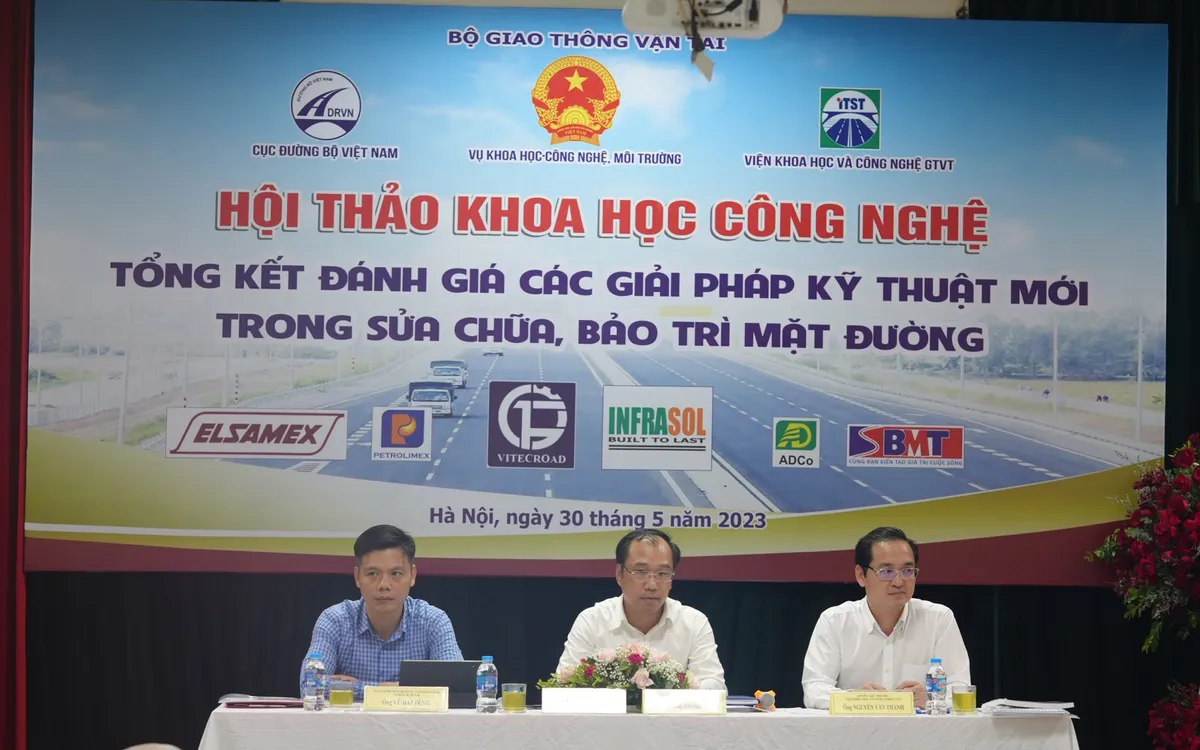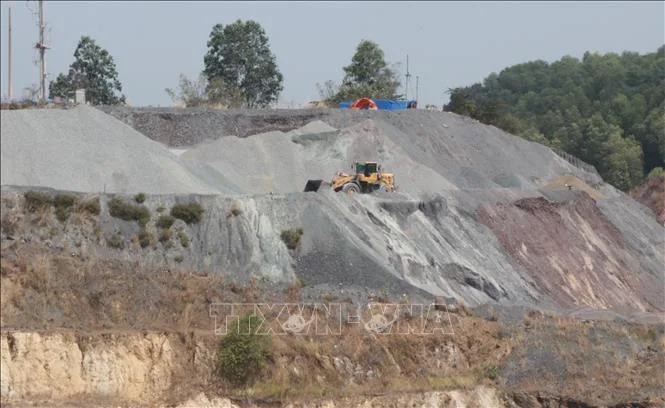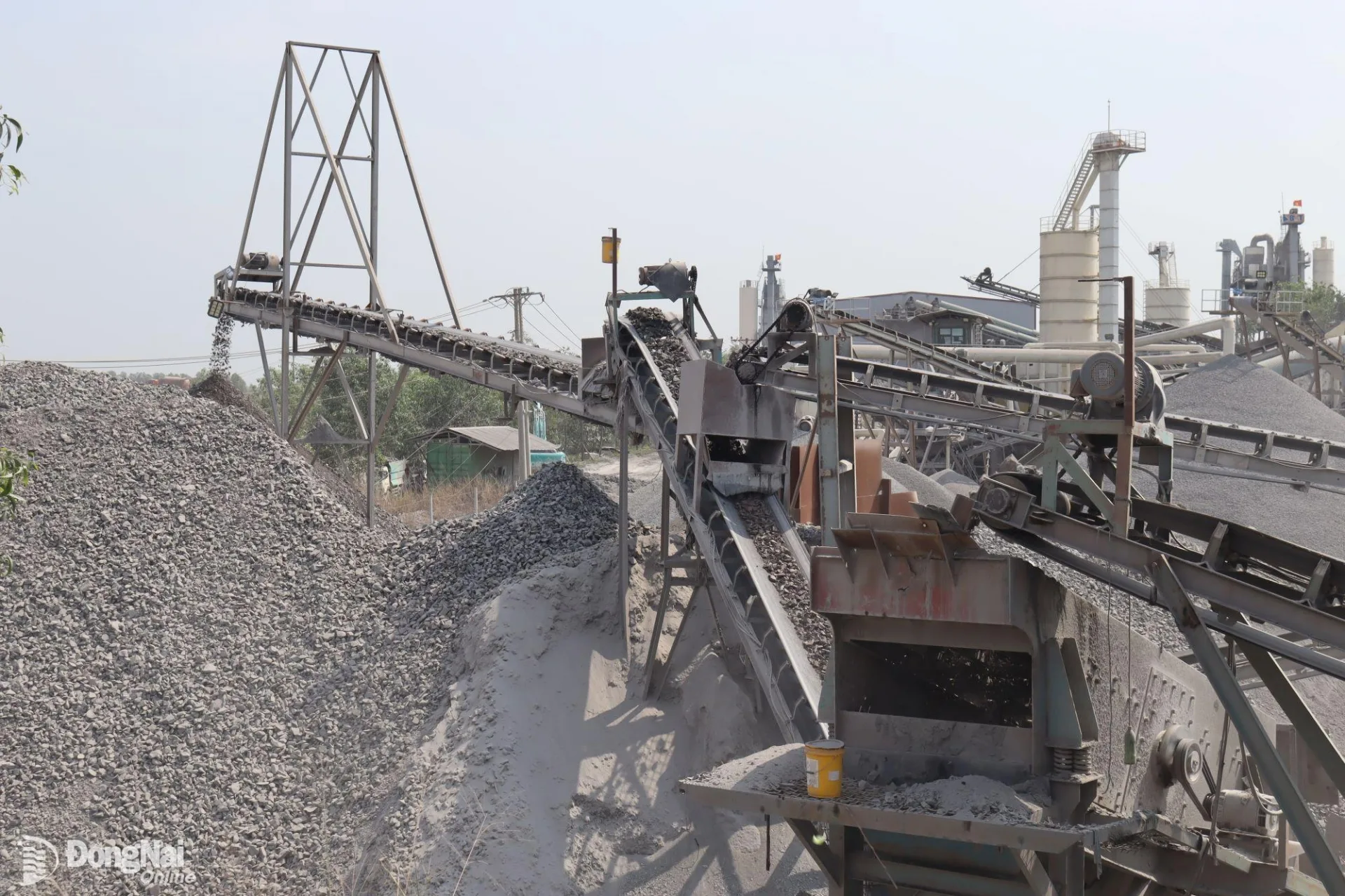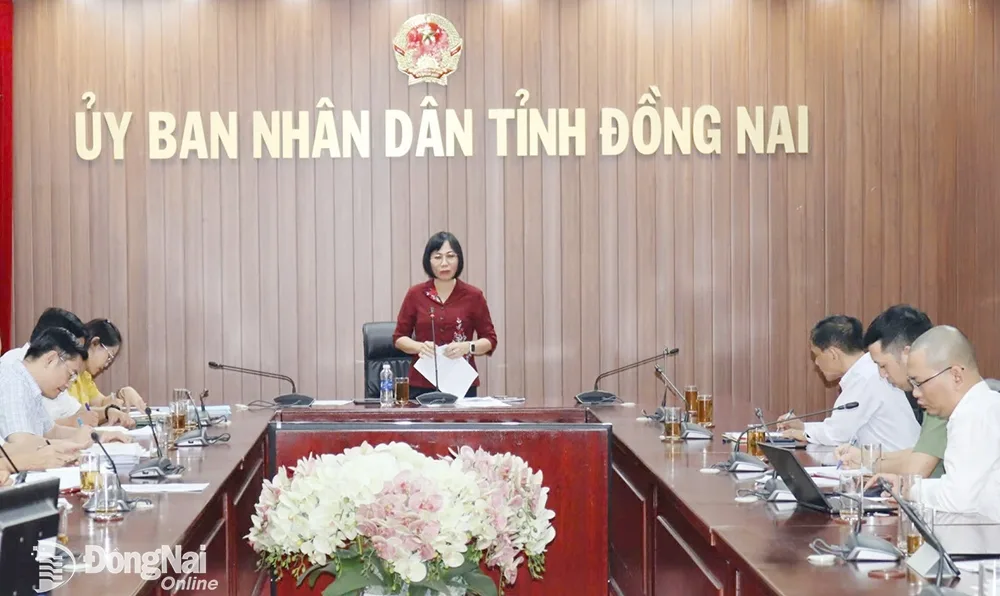On April 4 in Vũng Tàu City (Bà Rịa – Vũng Tàu Province), the Ministry of Agriculture and Environment (MARD) organized a workshop on Legal Policies on Geology and Minerals.
The workshop, chaired by Deputy Directors of the Vietnam Department of Geology and Minerals Mai Thế Toản, Trần Phương, and Trần Mỹ Dũng, aimed to discuss and implement provisions of the Law on Geology and Minerals and gather feedback to finalize the draft Decree guiding the law and related legal documents.
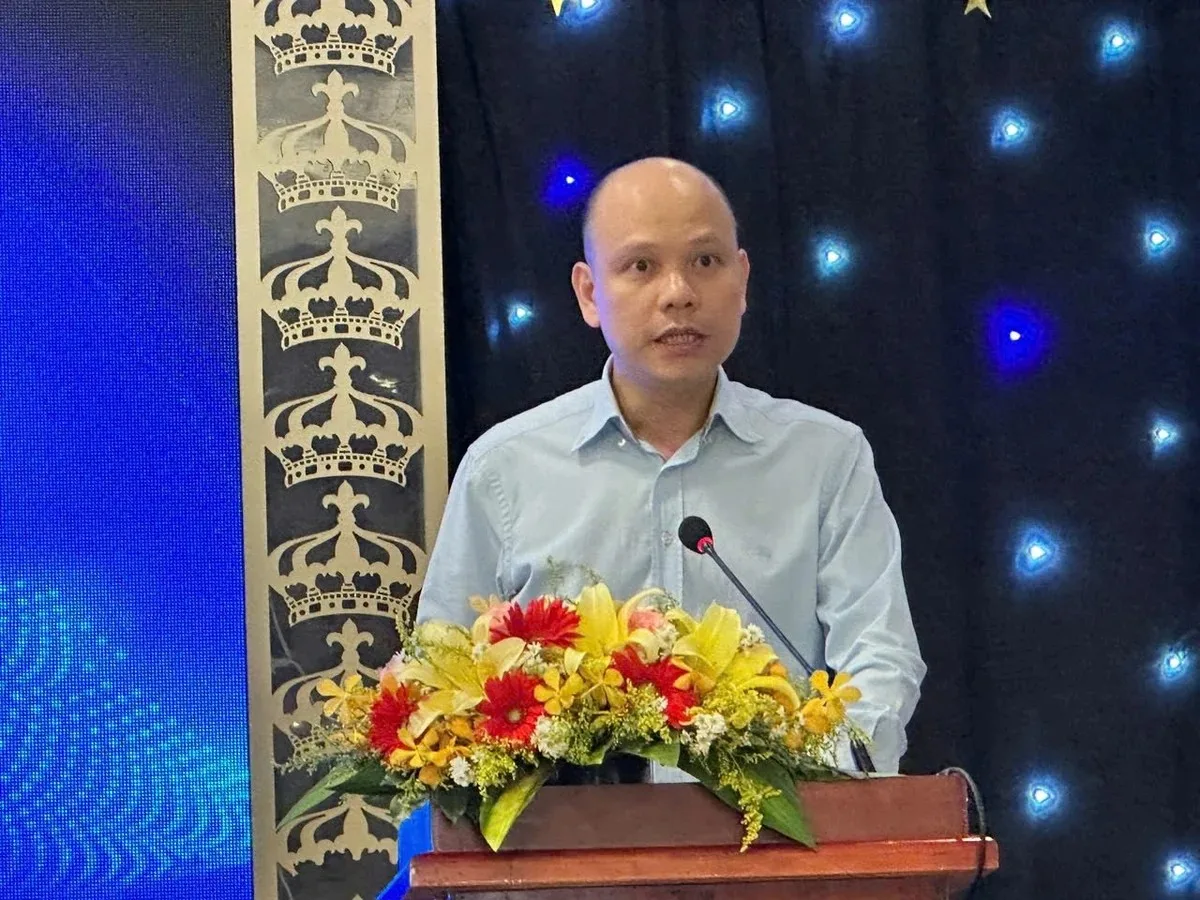
Mr. Trần Phương – Deputy Director of the Vietnam Department of Geology and Minerals delivering the opening speech. Photo: Thục Vy.
In his opening remarks, Deputy Director Trần Phương noted that on November 29, 2024, during its 8th session, the 15th National Assembly passed the Law on Geology and Minerals No. 54/2024/QH15, replacing the 2010 Mineral Law. The new law will take effect from July 1, 2025, with certain provisions on Group IV mineral extraction effective as early as January 15, 2025. This law introduces major policy changes to improve state management, efficient and sustainable use of mineral resources, and promote sustainable development.
“This workshop holds great significance in raising awareness and understanding of the new Law on Geology and Minerals. It is an opportunity for localities, businesses, and related organizations to promptly grasp and comply with the new legal framework. It also allows MARD to gather input on the draft Decree guiding the implementation of the law,” emphasized Mr. Trần Phương.
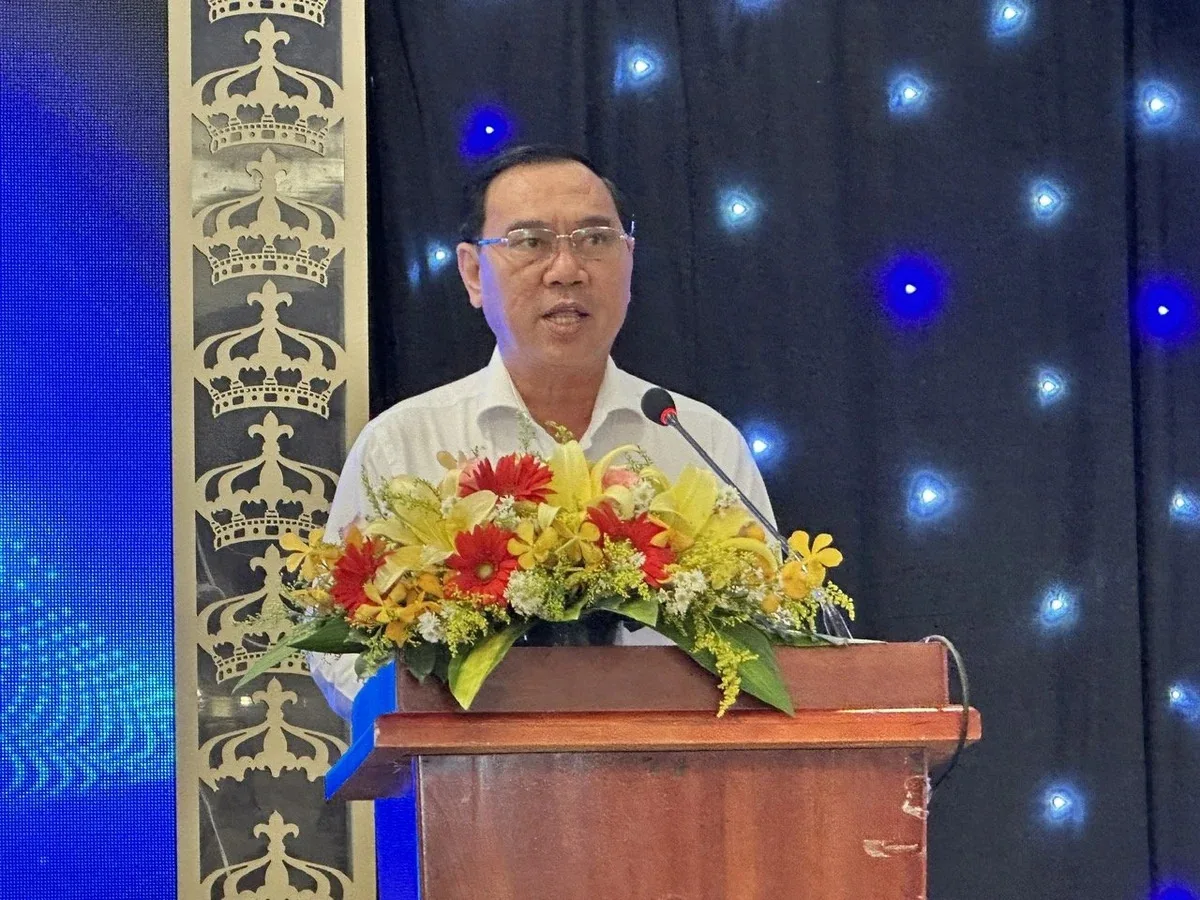
Mr. Nguyễn Văn Đa – Director of the Department of Agriculture and Environment of Bà Rịa – Vũng Tàu Province, highlighting the importance of the new law. Photo: Thục Vy.
Mr. Nguyễn Văn Đa shared that the 2024 Law on Geology and Minerals, effective from July 1, 2025, is a highly codified legal document to comprehensively and strictly manage geological and mineral resources. It serves as a vital legal foundation for effective, safe, and economical mineral management and exploitation in the new phase.
In Bà Rịa – Vũng Tàu, there are no “hotspots” of illegal or over-quota mining. Under the 2021–2030 national plan approved by the Prime Minister (Decision 1629), the province has 44 mining zones covering over 1,300 hectares with more than 272 million m³ of construction material reserves, supplying key infrastructure projects and promoting socio-economic development.
However, Mr. Đa pointed out challenges during the implementation of the 2010 Mineral Law, such as uncertainty over renewal and reissuance of permits granted before the new law’s effective date; complicated procedures for sand and fill material permits (Article 84.1 of the 2010 law); and lack of regulations for mineral retrieval by residents. Several legal provisions remain vague or overlapping and need revision for better alignment with practical conditions.
“The new law arrives timely to resolve the above limitations and support sustainable development goals. This workshop not only implements the new law but also allows localities to contribute to refining the draft Decree to ensure feasibility and practicality,” Mr. Đa said.
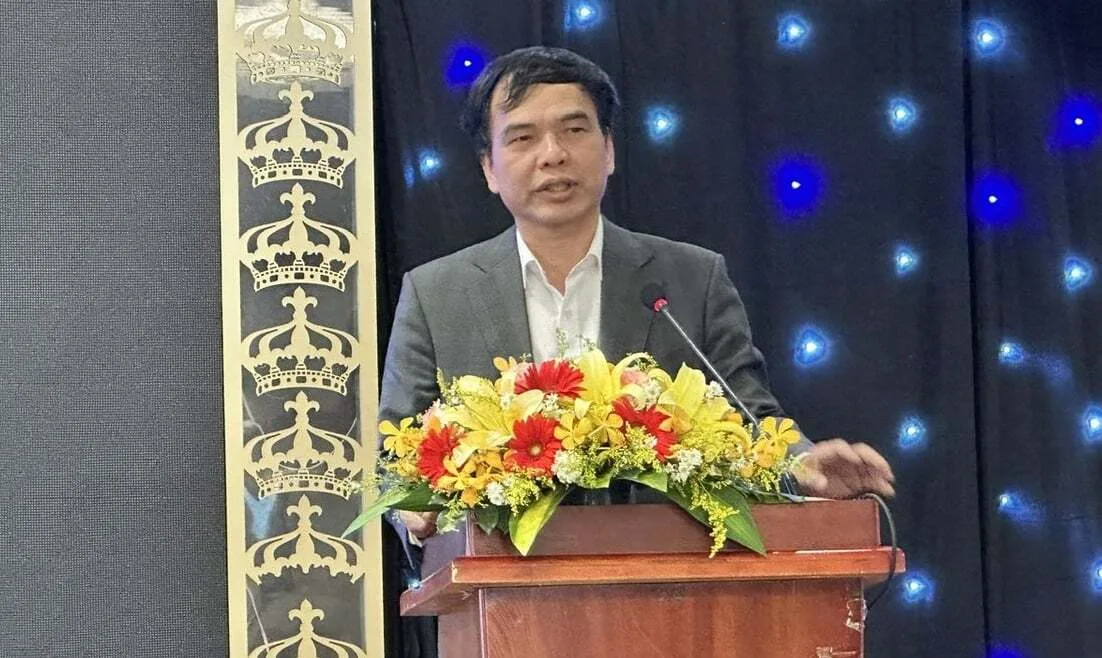
Mr. Mai Thế Toản – Deputy Director of the Vietnam Department of Geology and Minerals, introducing key regulations of the new law. Photo: Thục Vy.
At the workshop, Mr. Mai Thế Toản presented the main provisions of the Law on Geology and Minerals, Decree No. 11/2025/NĐ-CP (issued January 15, 2025), and Circular No. 01/2025/TT-BTNMT (also dated January 15, 2025) of the Minister of Natural Resources and Environment, detailing the exploitation of Group IV minerals.
Mr. Nguyễn Đức Thu – Head of the Mineral Activities Appraisal Division – also provided an overview of the draft Decree guiding the implementation of the new law and related enforcement measures.
During discussions, delegates contributed opinions to refine the Decree and related legal documents. Mr. Phạm Thái Hợp – Deputy Director of Biên Hòa Construction and Building Materials JSC (a quarry operator in Đồng Nai Province) proposed adding a definition of “post-processed industrial mineral products” to the draft Decree. He also suggested that resource tax should be calculated based on raw mined output at the quarry site, as this method is more accurate, simple, and feasible due to mandatory weighing stations.
Other delegates raised concerns about overlapping responsibilities in managing mineral processing activities, proposing a more streamlined and interconnected administrative mechanism to ensure consistent and effective oversight.


